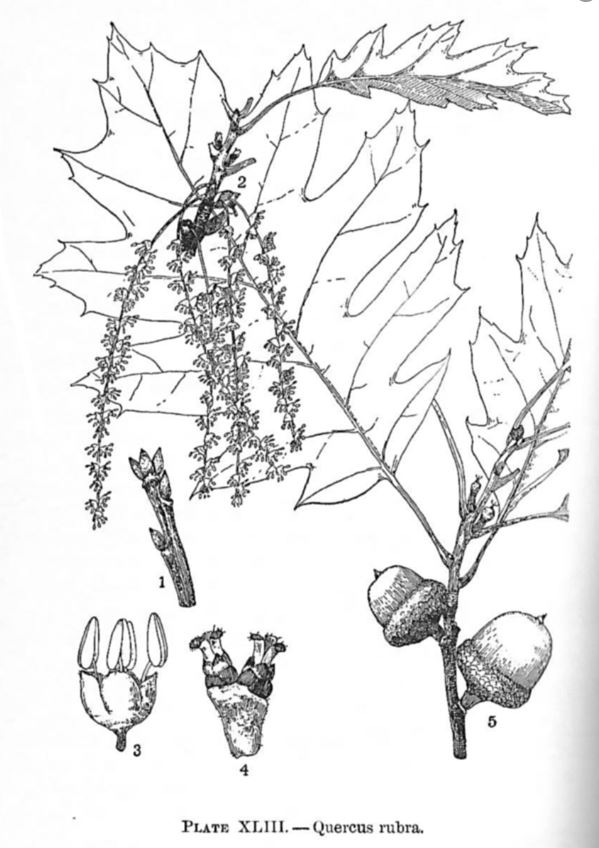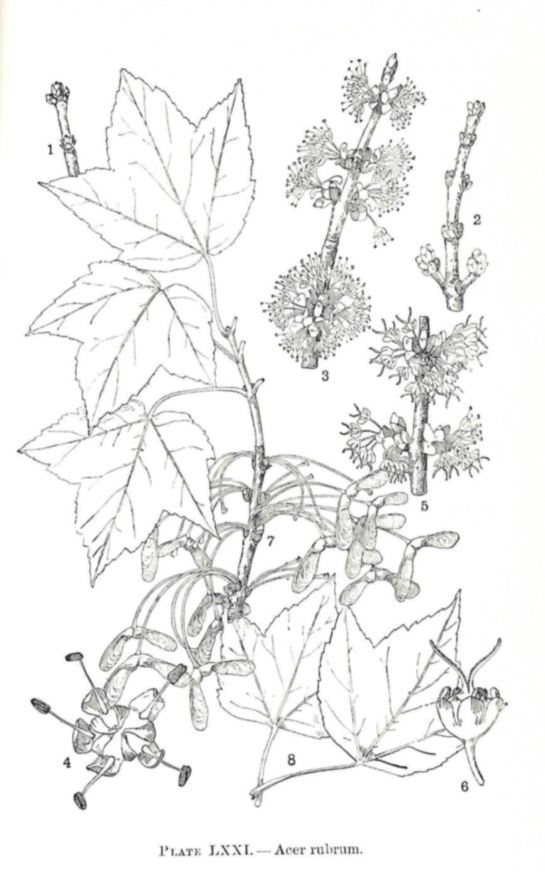 Richard Howarth, Professor of Environmental Studies at Dartmouth and member of the Hanover Conservancy’s Board of Directors, will explore the social aspects of conservation and sustainability and the evolving relationship between communities and landscapes in an era of global environmental change.
Richard Howarth, Professor of Environmental Studies at Dartmouth and member of the Hanover Conservancy’s Board of Directors, will explore the social aspects of conservation and sustainability and the evolving relationship between communities and landscapes in an era of global environmental change.
Register here and mark your calendar; participants will be emailed a Zoom link and event reminder a few days before the event!
2020 ANNUAL MEETING AGENDA
Thursday, December 3, 2020
- 6:00 – Gather by Zoom; BYO refreshments
- 6:05 – Welcome by President Heidi Trimarco
ANNUAL BUSINESS MEETING
- Minutes of the 2019 Meeting – Kelley Lemay, Secretary
- Treasurer’s Report – Ryan Johnson, Treasurer
- Election of new board member – Heidi Trimarco
- 6:15 – Highlights of the Year – Exec. Director Adair Mulligan
- 6:30 – PROGRAM – Environment and Society
Prof. Richard Howarth, Dept. of Environmental Studies & Member, Hanover Conservancy Board of Directors - 7:00 questions and discussion
- 7:30 Adjourn
Program Description:
We live in a moment of reflection and reconsideration concerning the history of our nation and the challenges of achieving an equitable and inclusive future. These contestations are closely tied to the history of “conservation” and land use in the Upper Valley Region and beyond. In the same breath, we live in a moment in which human-induced global environmental change rules out the possibility of “conserving” today’s landscapes as they presently exist. So how might we re-envision “conservation” with an eye towards the future? This talk will address these points based on current scholarship in the field of environmental studies, along with the implications for future land use in our region.
The annual meeting of the membership will include a nomination to the Board of Directors for Steve Lubrano.
Steve Lubrano graduated from Tuck in 1987 and returned to the Upper Valley in 1994 with his wife Allegra, where they found a most agreeable community in which to raise their three daughters through the Hanover School system. The family feels viscerally attached to their property on Goodfellow Road and were excited to purchase 500 acres of conserved land from Sam Doyle with the promise to Sam that they would continue his focus and dedication to the land – maintaining and expanding the network of trails, promoting the property as a wildlife habitat, keeping fields mowed, and sustainably harvesting timber according to the Forest Management plan maintained by Jeff Smith of Butternut Hollow Forestry. Steve is in his 26thyear working at the Tuck School of Business, has served locally as chair of the Howe Library Corporation Board, and looks forward to dedicating time to the efforts of the Conservancy, which align closely with his vision for the ideal community.
Our 2019 Annual Meeting minutes are available here.




 Earth Day reminds us to be grateful for Susan Harper, a dedicated volunteer and Secretary of our Board of Directors from 2003-2008, who recently passed away. She really made things happen in Hanover, especially at the
Earth Day reminds us to be grateful for Susan Harper, a dedicated volunteer and Secretary of our Board of Directors from 2003-2008, who recently passed away. She really made things happen in Hanover, especially at the  2020 marks the 50th anniversary of the first
2020 marks the 50th anniversary of the first 

